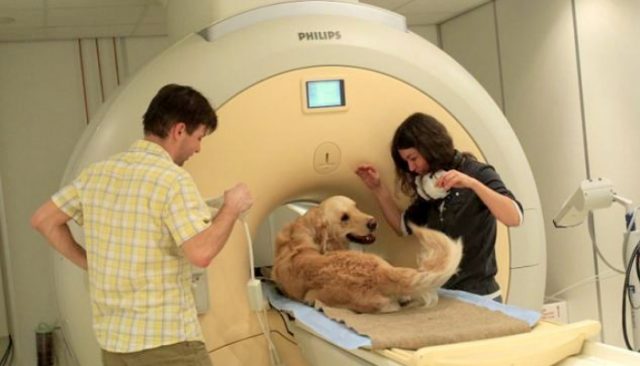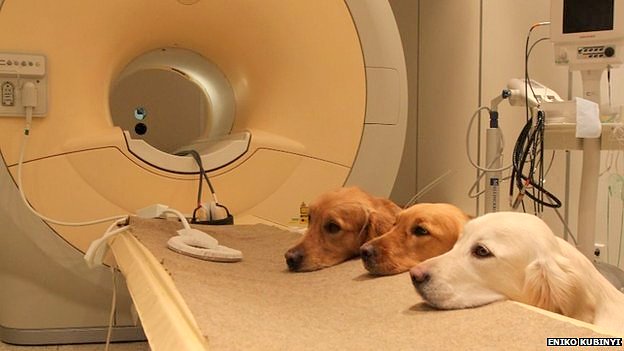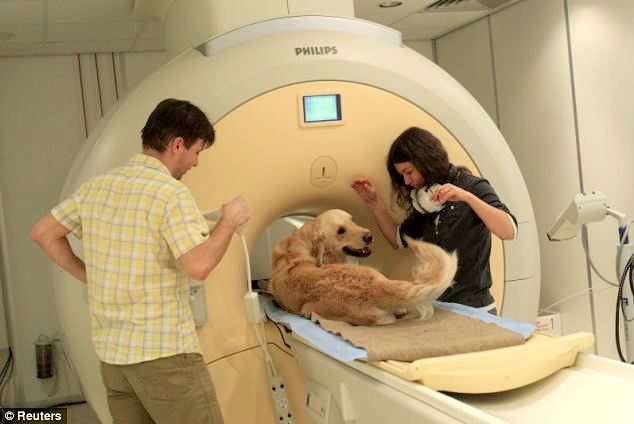
Science has proven what many people already suspected – that dogs feel emotions just like we do.
As many of us dog owners already know, our canine companions have an emotional connection with us, and we’d go as far as to say they understand us. From comforting us when we’re sad to avoiding us when we’re angry, dogs are emotionally in tune with us as far as our everyday observations are concerned.
The good news is that science has finally caught up to those everyday observations. Research into the topic has proven that dogs sense and understand emotions the same way humans do.

We are already aware that dogs tend to pick up on certain emotional indicators of ours, such as our behaviors, pheromones, and body language. But now research is adding one more indicator to the list – our vocal cues.
According to a study conducted by the Comparative Ethology Research Group, dogs react to voices in the same way that humans do, particularly with regard to emotionally charged vocal noises. The brain activity of dogs and humans was measured and compared using MRIs.
Both laughing and crying produced specific responses in the brains of the dogs – much the same as the responses of humans to the same noises.
RELATED: Do Dogs Understand Humans Emotions?
11 dogs and 22 people were used in the study. Each person and dog listened to 200 human and canine sounds. These sounds were from a variety of sources, such as cars, whistles, environmental noises, whining, crying, laughing, and barking. As can be expected, human subjects showed stronger reactions to human noises, and canine subjects showed stronger reactions to canine noises. But the important finding was that human and canine brains light up in the same areas in response to each sound.
This part which becomes activated is the temporal pole – this is the anterior portion of the temporal lobe, which is the part of the brain responsible for emotions, language, hearing, learning, and memory.
The scientists conducting the study said they were surprised to find that these areas exist at all in the brains of dogs, and that this is the first time this has been observed in a non-primate animal.
A fascinating discovery was that the voice areas in the brains of dogs and humans are located have similar locations. This means that these areas evolved into our brains at least 100 million years ago – so, during the same age as when humans last shared a common ancestor with dogs.
Dogs and humans have been companions for at least 27,000 (and up to 40,000) years. That’s a significant amount of time for the two to evolve similar social and emotional cues with one another. Because humans and canines use similar brain mechanisms while processing social information, it isn’t difficult to understand why there exists successful vocal communication between our two species.
Another surprising factor was the ratio of the activation portion of each species’ brain when hearing the sounds. Upon hearing the same sounds, dogs experienced nearly half of their auditory processing center being activated. By stark contrast, humans only experienced about 3 percent of the same area being activated.
So, every dog lover knows that dogs can attune to our emotions, and we can attune to theirs. But now we understand the science behind why that is.

Studies of dogs’ brains indicate that they are not very far behind humans developmentally. Studies have shown that adult dogs have intelligence comparable to that of a child 2-3 years old.
As it stands now, it looks like the only significant difference between the brains of dogs and humans is the presence of the hyoid bone in humans; this is what gives us the ability to speak.
But seeing as dogs have only been with us for a short amount of time (30,000 years or so), it is not hard to imagine that they just might soon catch up. Can you imagine the day when we may be able to have a full verbal conversation with our four legged friends?
READ NEXT: Your Dog's Emotions Can Now Be Decoded With a Dog Collar












